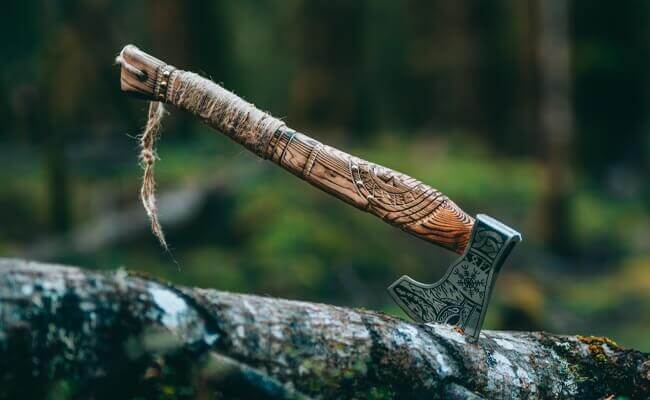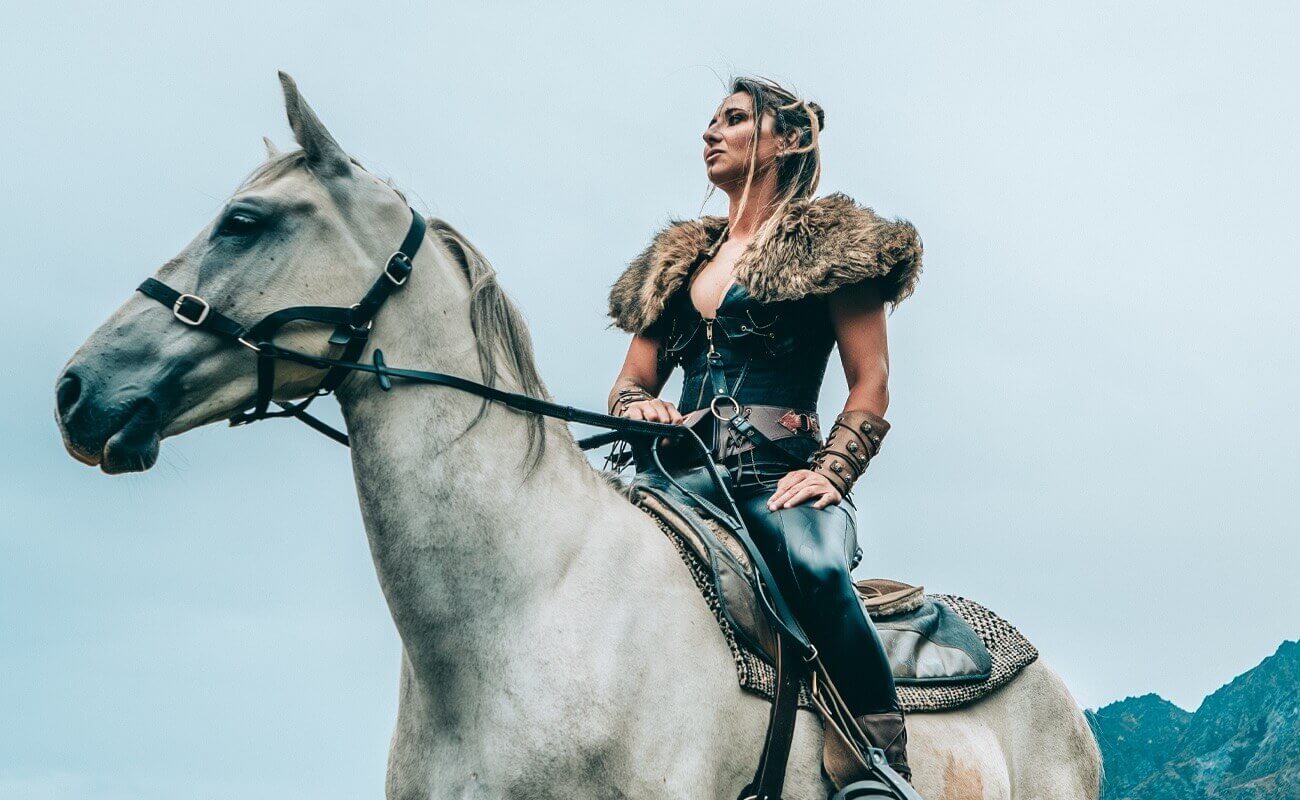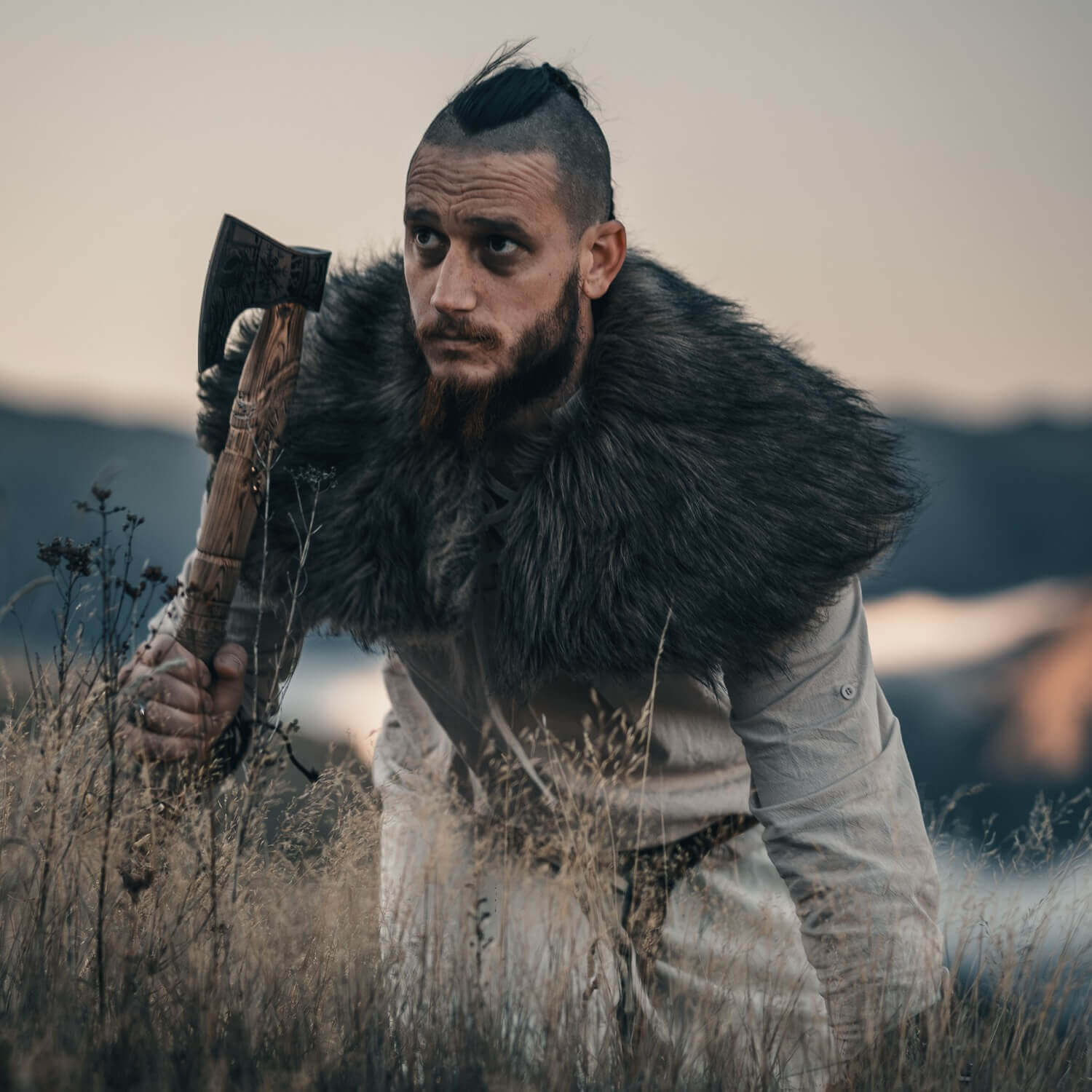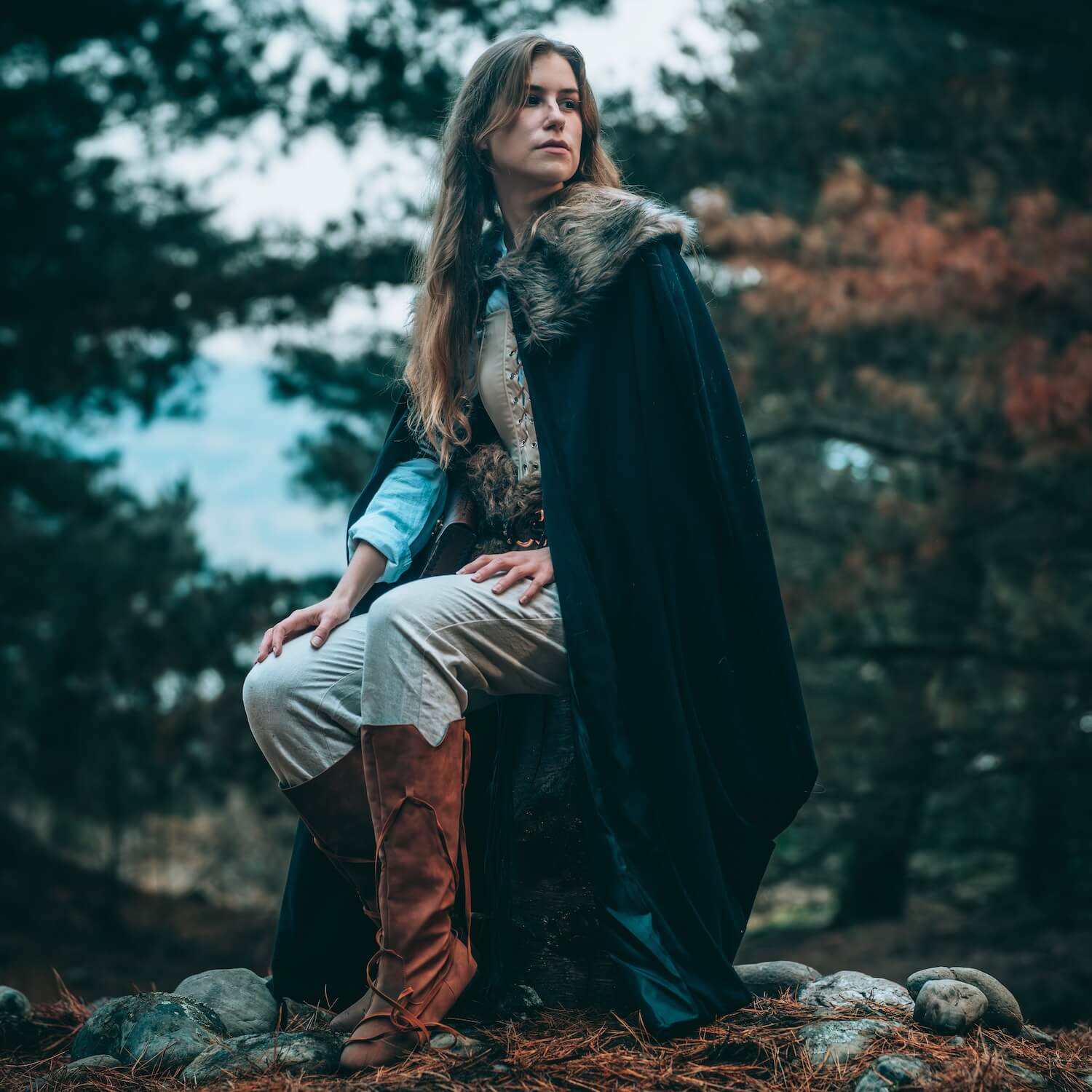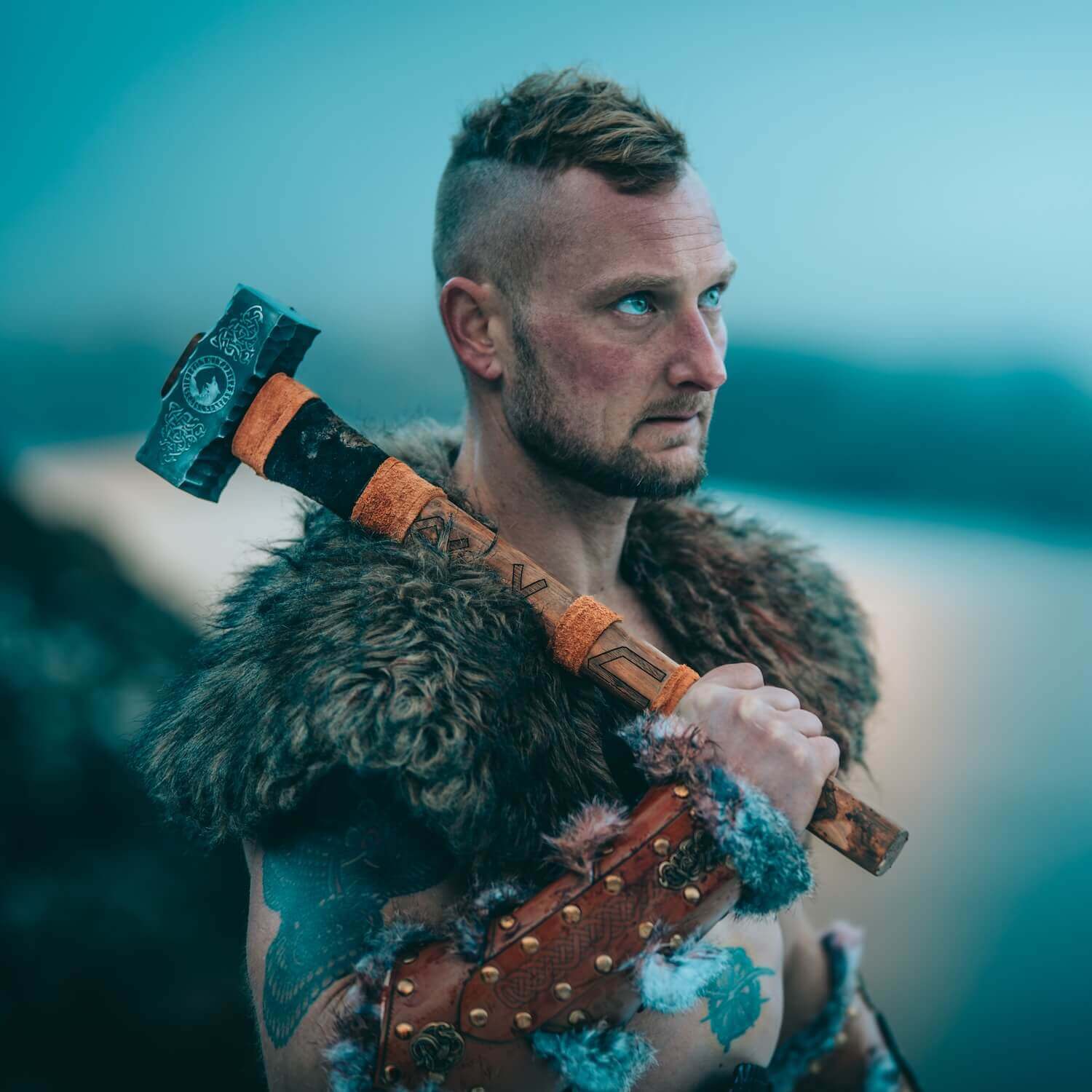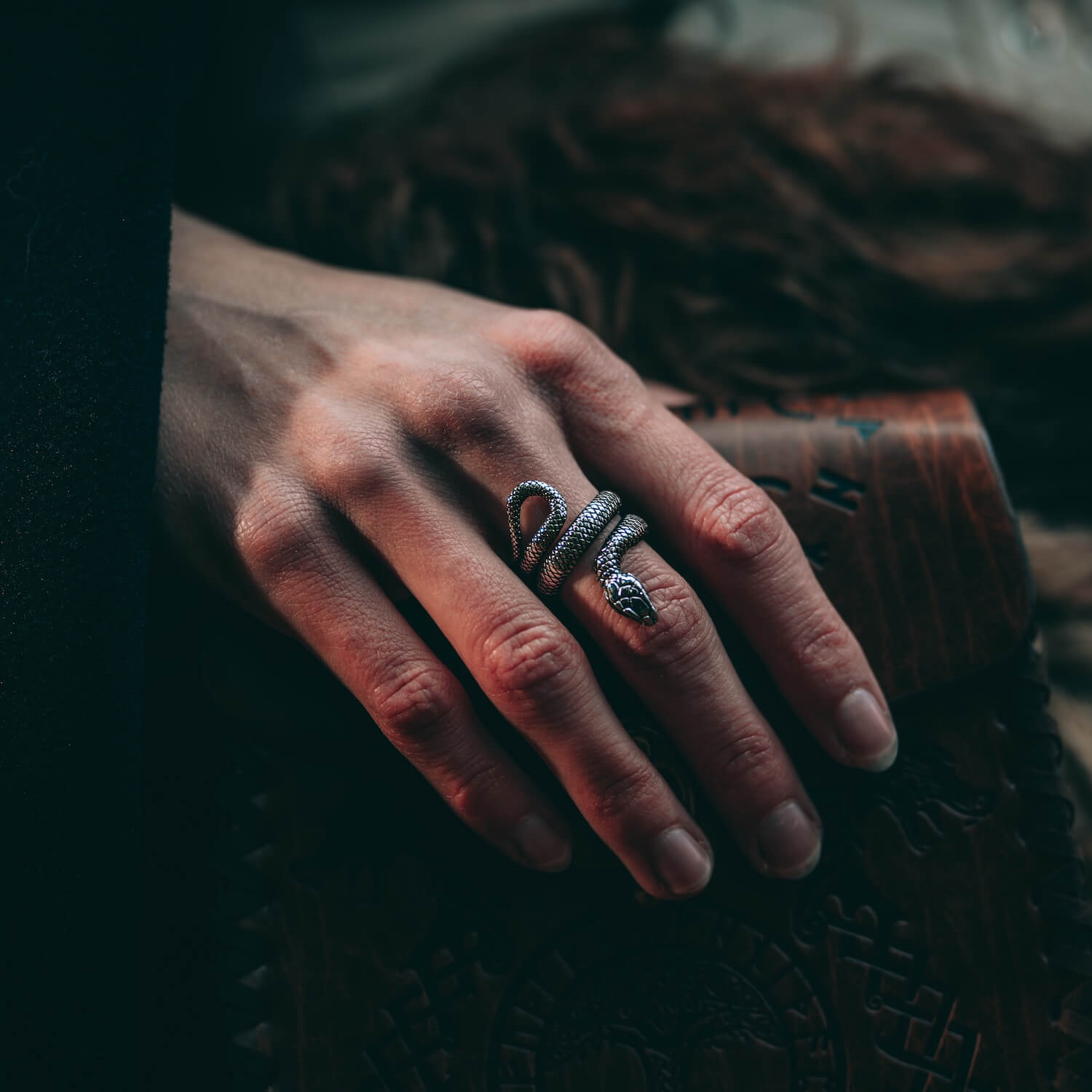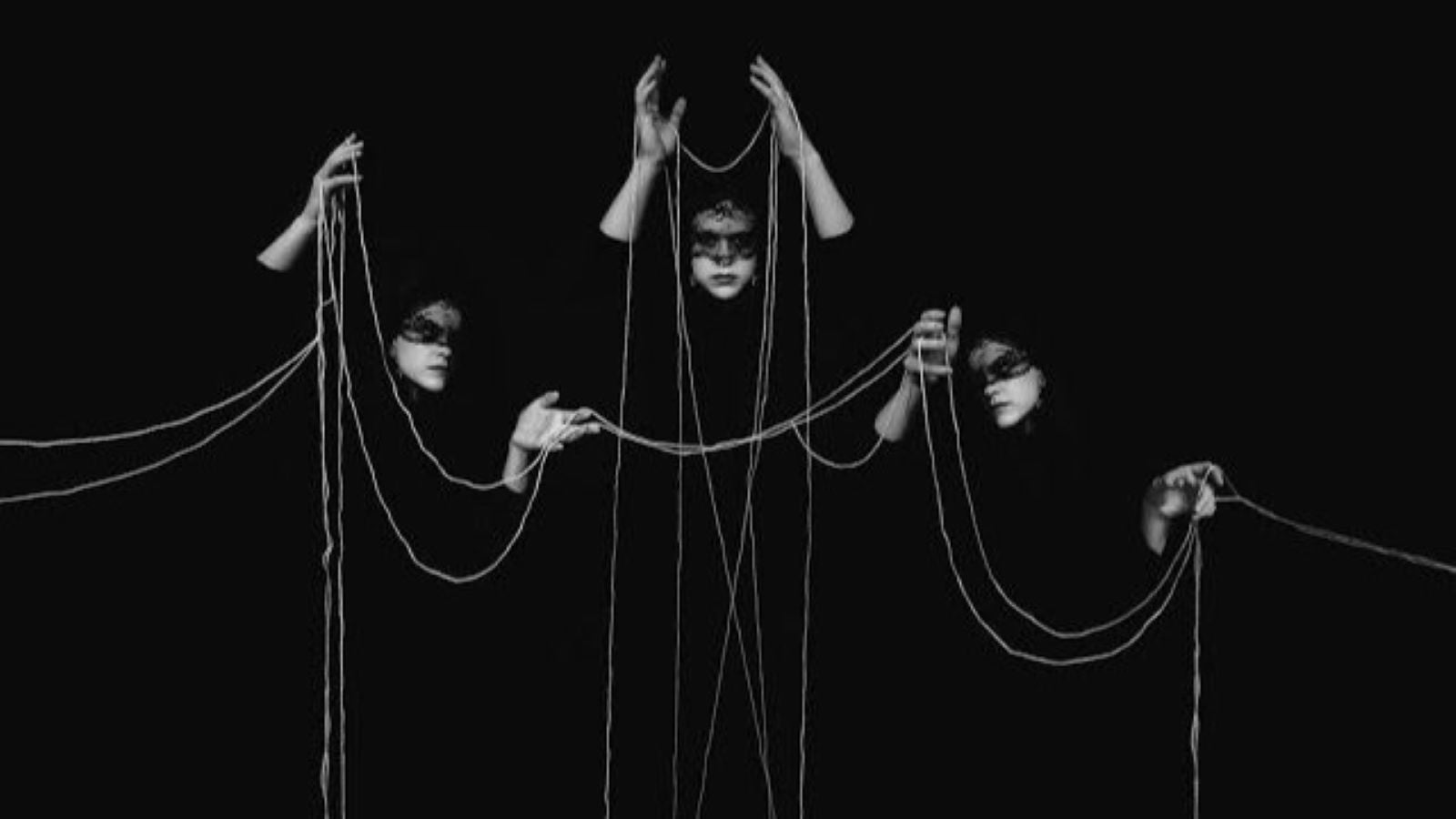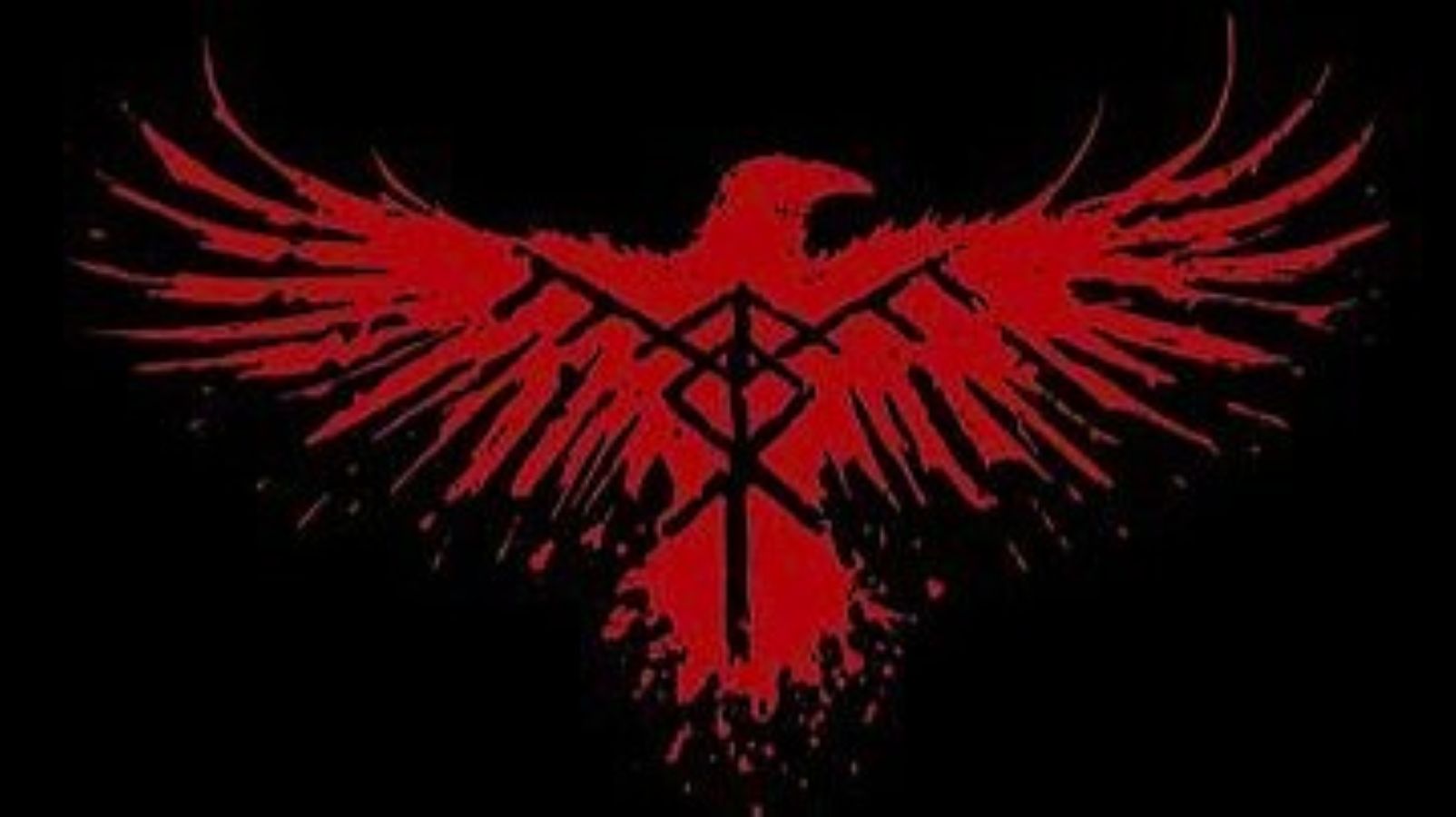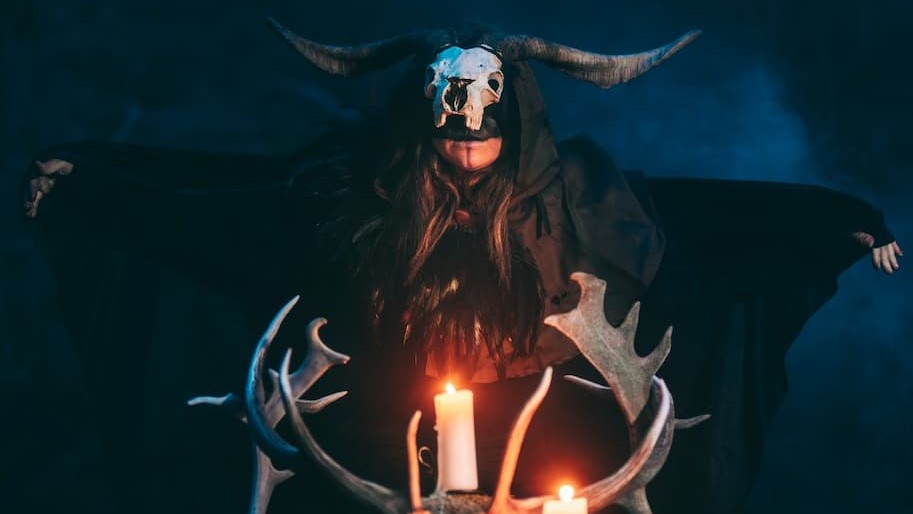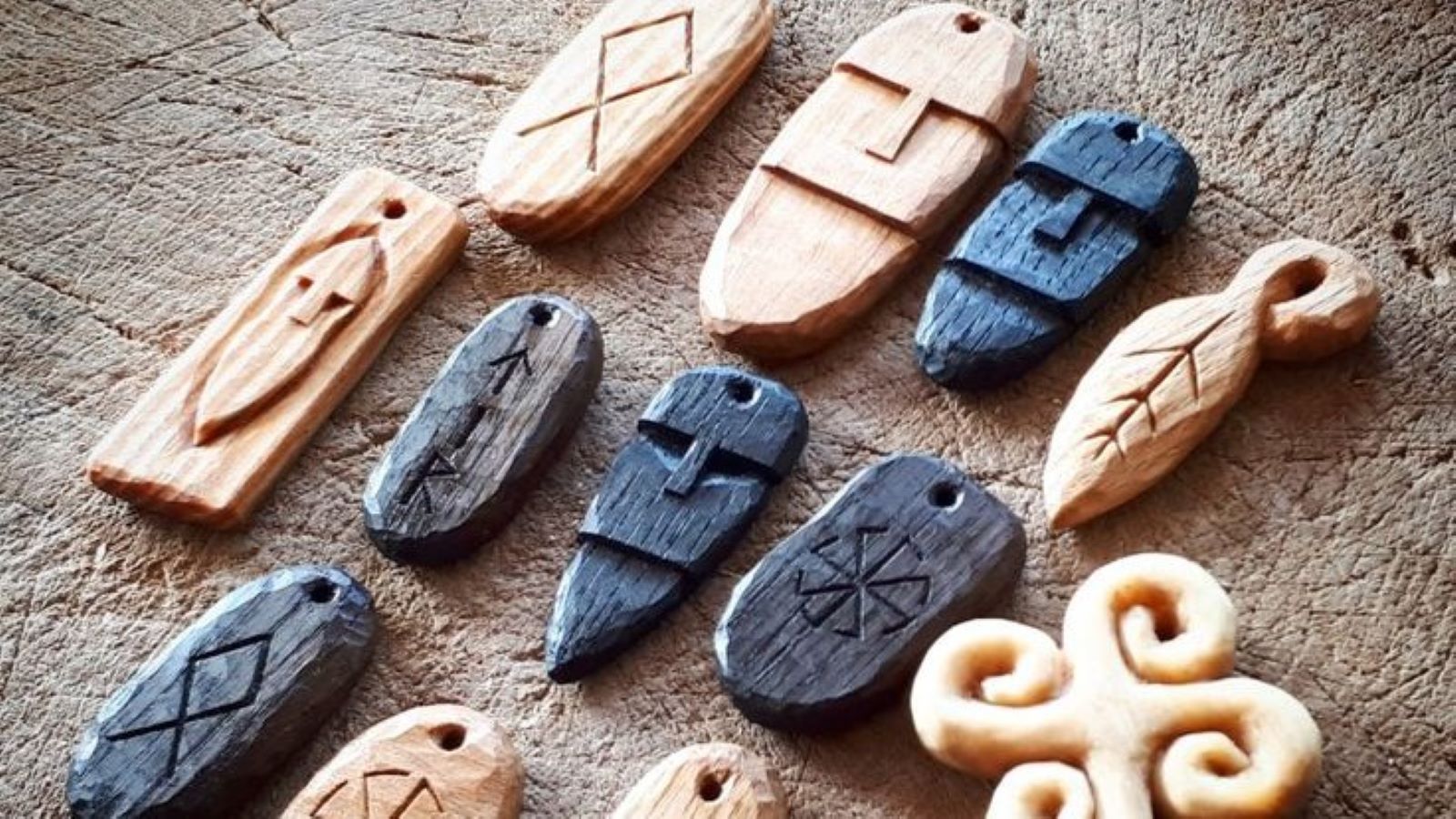
The Jewelry of Viking Warriors: Symbols of Power and Protection
In the rugged, tempestuous world of the Viking Age, jewelry served as more than mere decoration. For Viking warriors, these pieces were emblems of power, protection, and identity. The jewelry worn by these formidable seafarers and fighters was crafted with meticulous skill, each piece steeped in symbolism and cultural significance. This exploration of Viking warrior jewelry reveals how necklaces, arm rings, and other adornments played a crucial role in their lives.
Viking warriors donned jewelry for various reasons, ranging from practical to spiritual. These pieces often denoted rank, affiliation, and personal accomplishments. Additionally, jewelry served as amulets to protect warriors in battle and bring favor from the gods.
Necklaces: Amulets of Power
Necklaces were commonly worn by Viking warriors, often adorned with powerful amulets and symbols. One of the most iconic pendants was the Mjölnir, or Thor's hammer, which was believed to provide protection and strength. This symbol of the thunder god Thor was a favored talisman among warriors, representing divine support and might in combat.
Other common pendants included depictions of animals, such as ravens and wolves, which were associated with the gods Odin and Fenrir. These symbols were believed to confer the traits of these revered animals—wisdom, cunning, and ferocity—upon the wearer.
Arm Rings: Marks of Loyalty and Valor
Arm rings were a significant part of a Viking warrior's attire. These rings, often crafted from silver or gold, were not just decorative but also served as symbols of loyalty and honor. Chieftains would give arm rings to their warriors as rewards for bravery and as tokens of allegiance. This tradition reinforced the bonds of loyalty between a lord and his followers, ensuring mutual respect and support.
The design of arm rings varied, often featuring intricate knotwork and engraved runes. These designs were not merely ornamental but imbued with meanings that reflected the wearer's achievements, status, and beliefs. For instance, a ring with engraved runes might convey messages of protection, strength, or loyalty.
The craftsmanship of Viking jewelry was exceptional, involving various sophisticated techniques and materials. Viking smiths were adept at working with metals such as silver, gold, and bronze, as well as incorporating precious stones like amber, garnet, and jet.
The process of creating Viking jewelry began with the smelting and refining of metals. Smiths would heat the metal until it was malleable, then shape it into sheets or wire using hammers and anvils. For more complex designs, they employed casting techniques, pouring molten metal into molds made from stone or clay. This method allowed for the creation of finely detailed pieces, such as pendants and brooches.
After forming the basic shape, artisans would add intricate details through engraving and filigree work. Engraving involved carving runes or patterns directly onto the metal surface, while filigree work entailed twisting and weaving thin strands of metal to create delicate, lace-like designs. These techniques added depth and texture to the jewelry, enhancing its visual appeal and symbolic significance.
Precious and semi-precious stones were often set into Viking jewelry, not only for their beauty but also for their believed mystical properties. Stones like amber were thought to possess protective qualities, while garnets were associated with passion and strength. The careful selection and setting of these stones reflected the wearer’s desire for both aesthetic appeal and spiritual power.
Wearing Viking Jewelry Today
Modern interpretations of Viking jewelry continue to capture the spirit of these ancient warriors. Whether through replicas of historical designs or contemporary pieces inspired by Viking motifs, these adornments remain popular for their rich history and powerful symbolism.
Today, wearing Viking jewelry can be a way to connect with the past, embodying the courage, strength, and resilience of Viking warriors. Whether it's a Mjölnir pendant for protection or an arm ring symbolizing loyalty and valor, these pieces serve as enduring reminders of a fascinating and formidable culture.
Viking jewelry, especially that worn by warriors, was a profound expression of identity, power, and spirituality. Through necklaces adorned with protective amulets, and arm rings signifying loyalty and honor, Viking warriors communicated their beliefs and status. The intricate craftsmanship and rich symbolism of these pieces continue to inspire and captivate, offering a tangible link to the storied past of the Viking Age.

